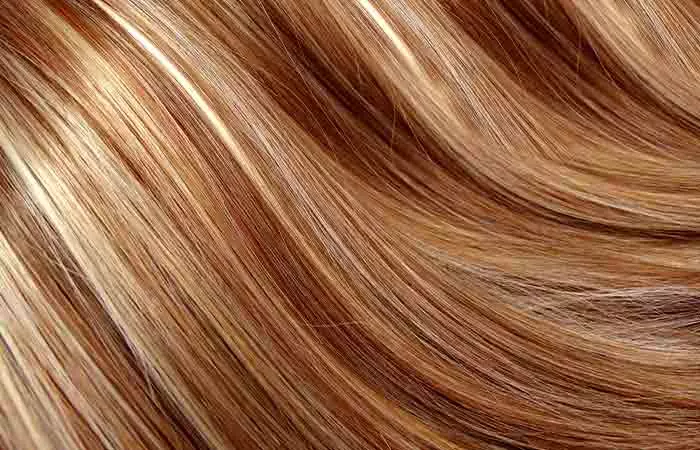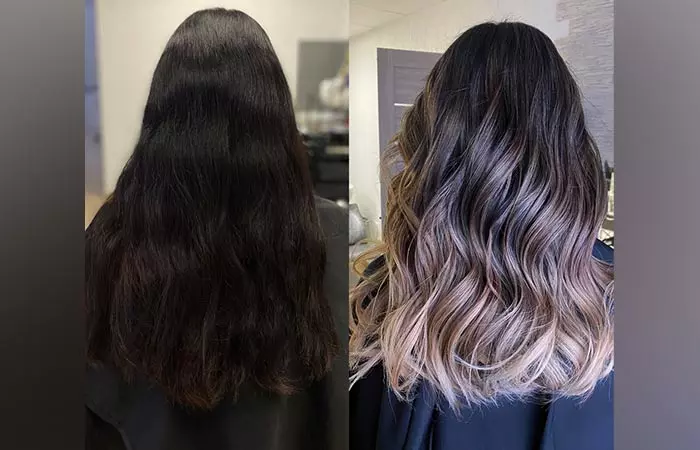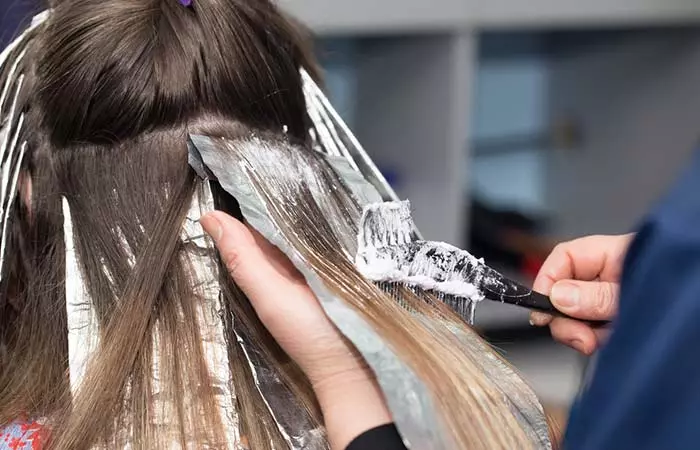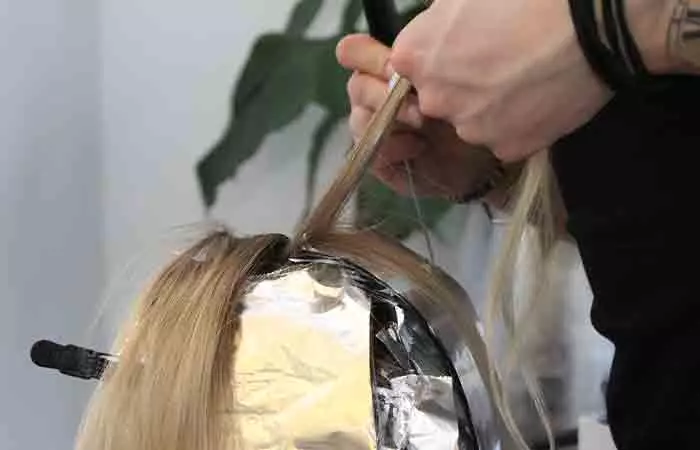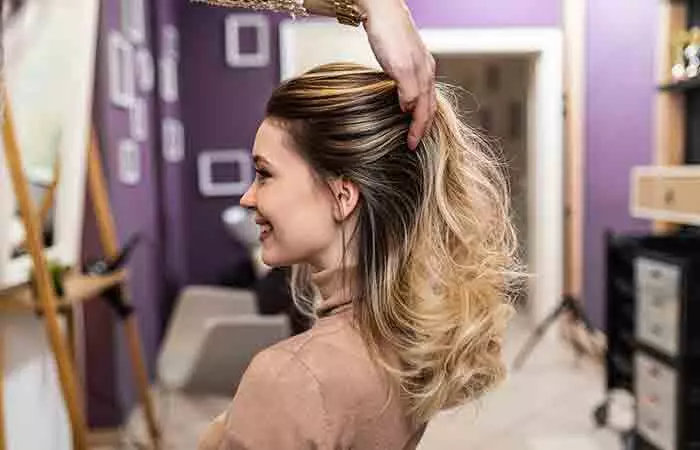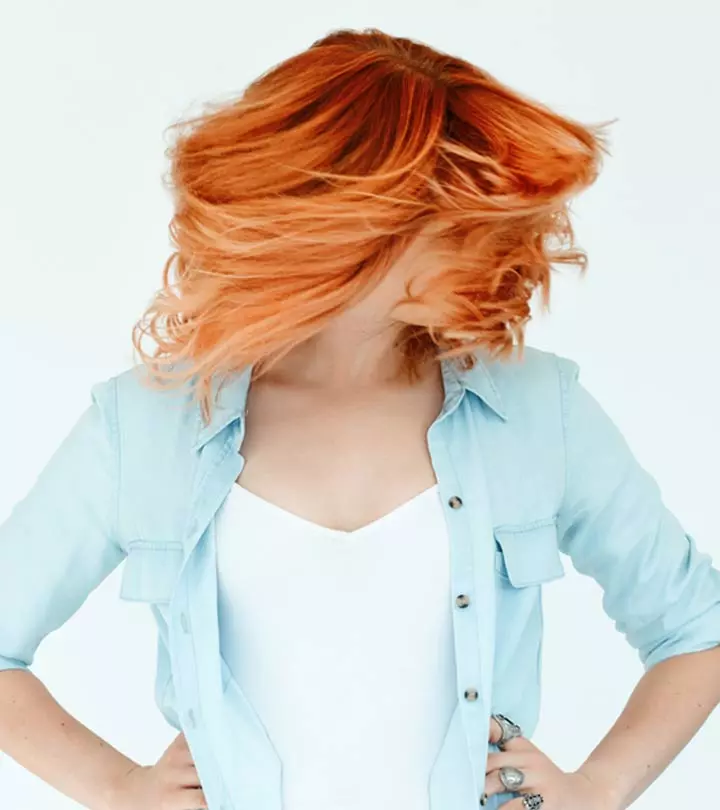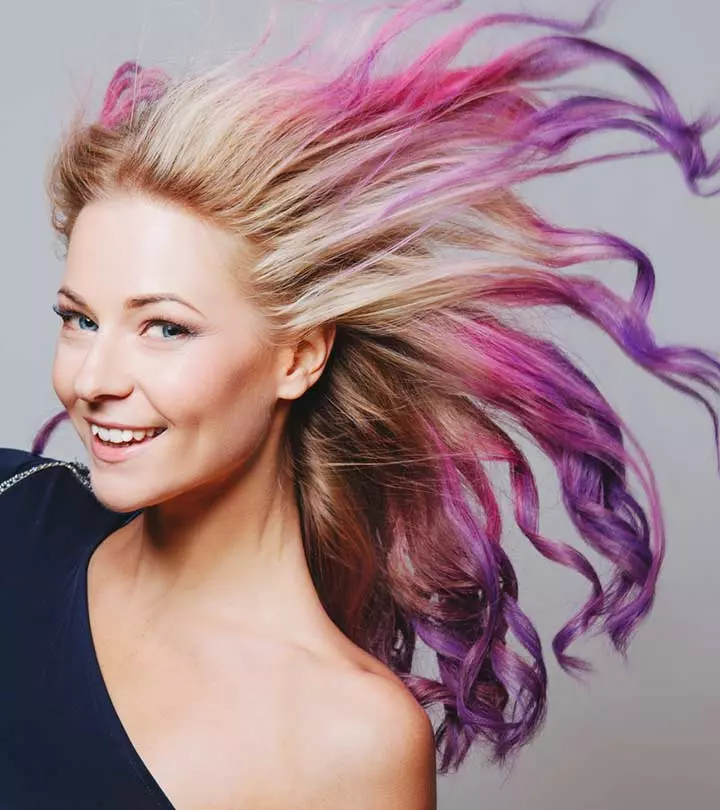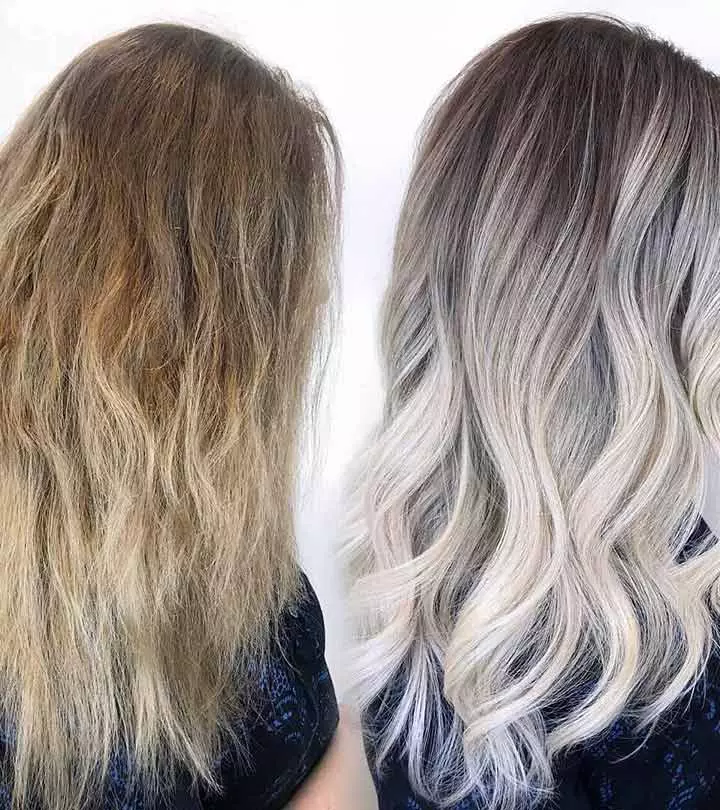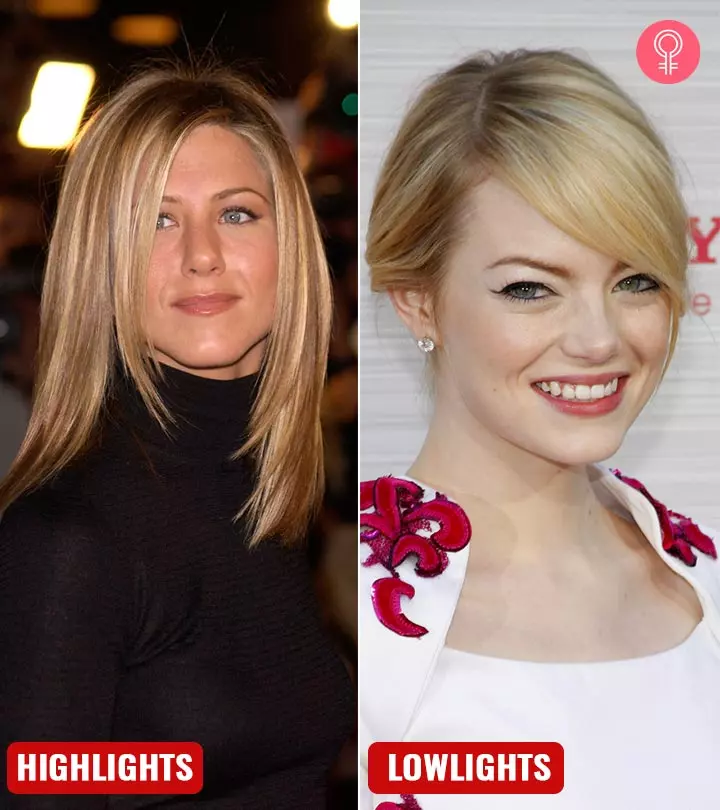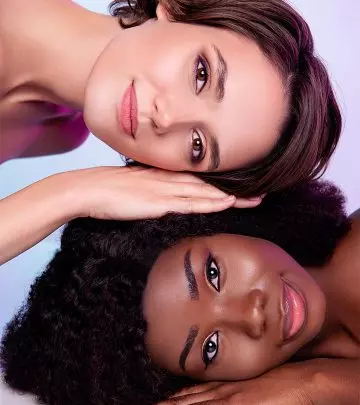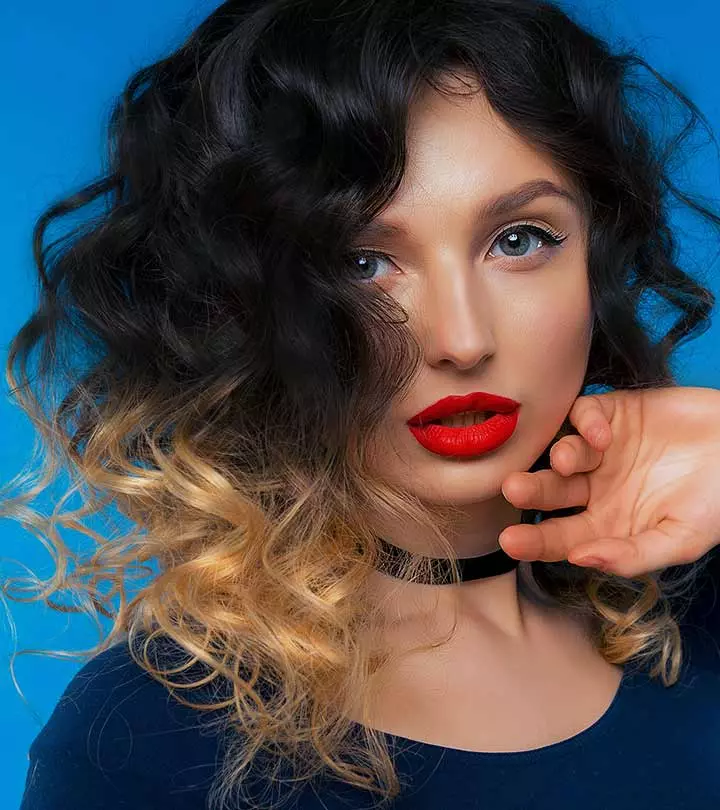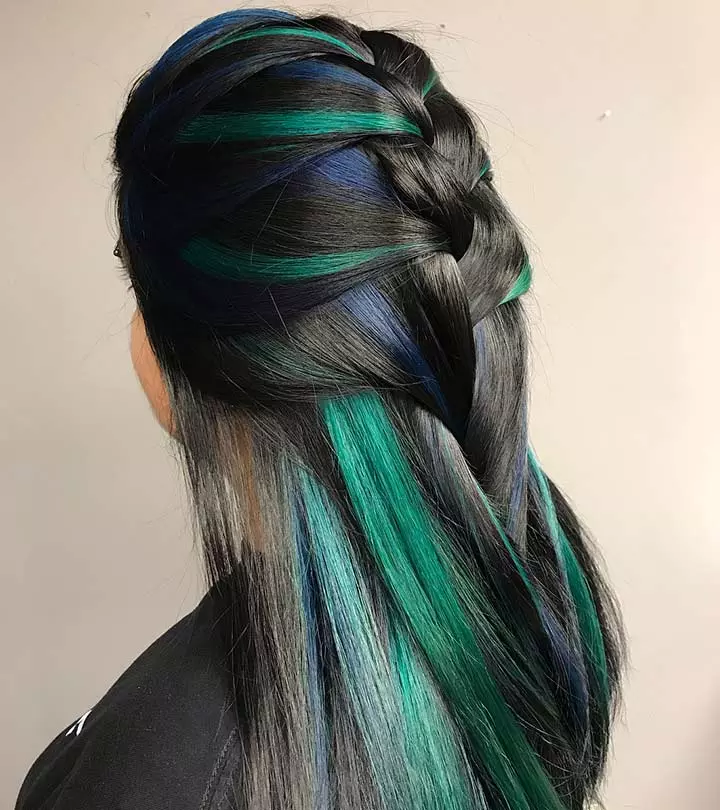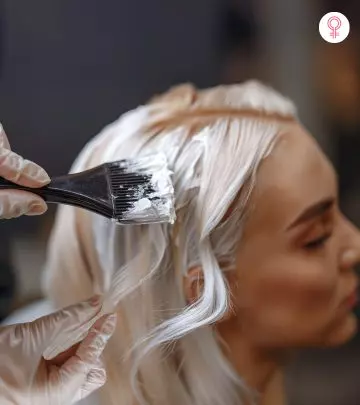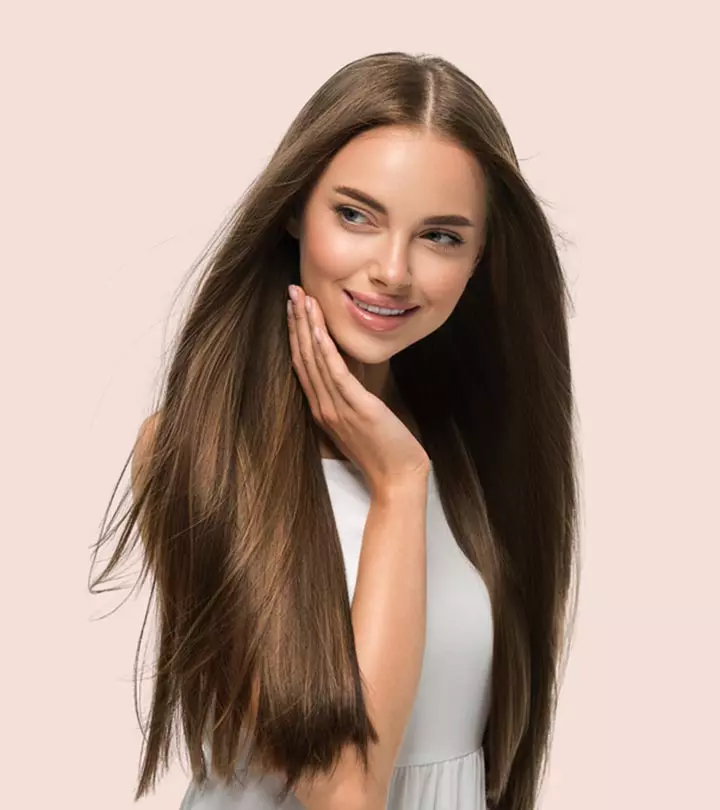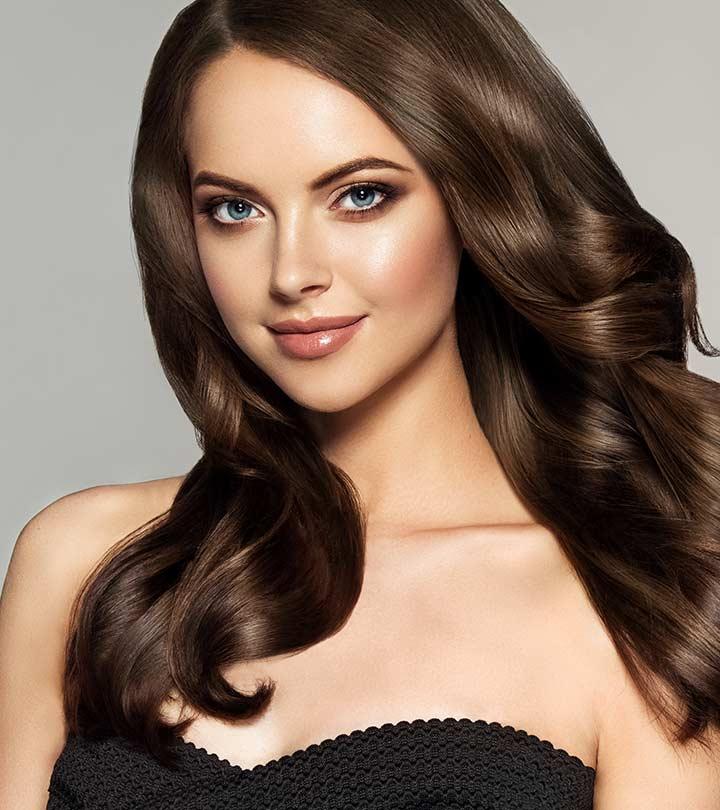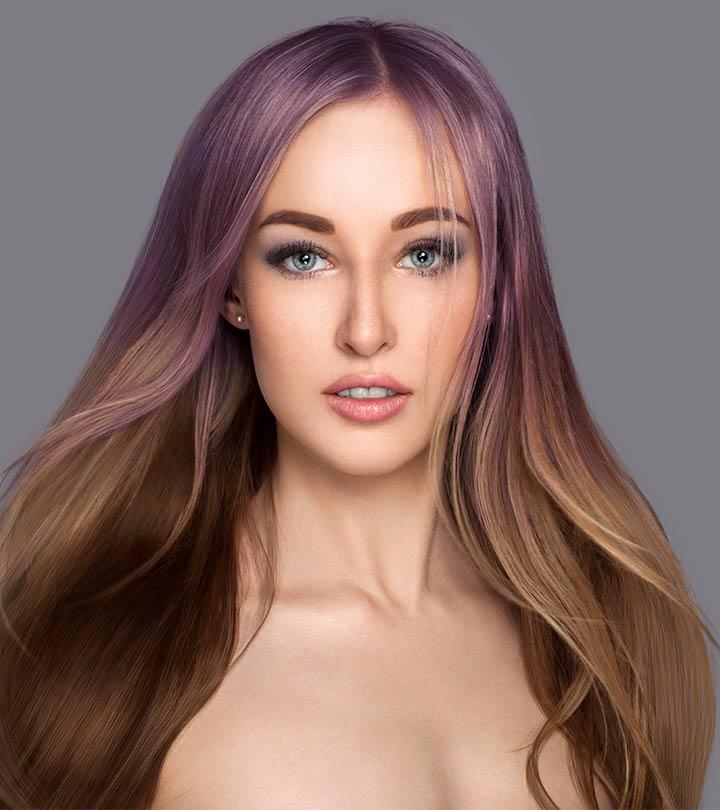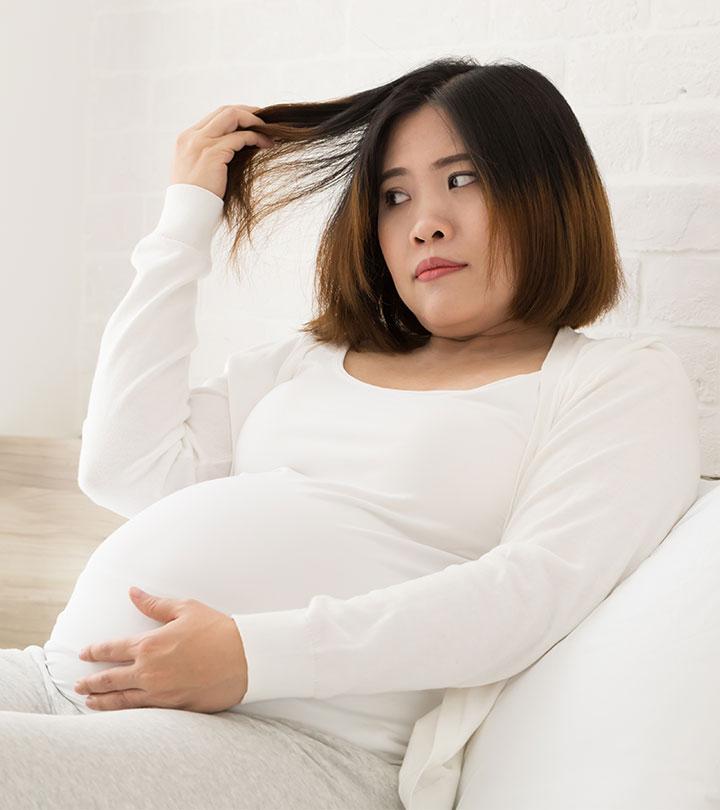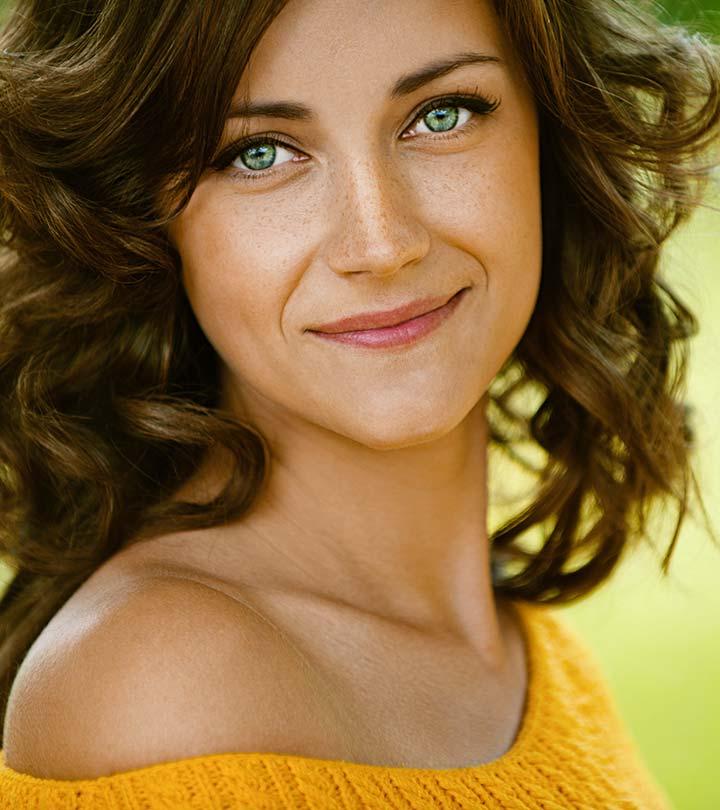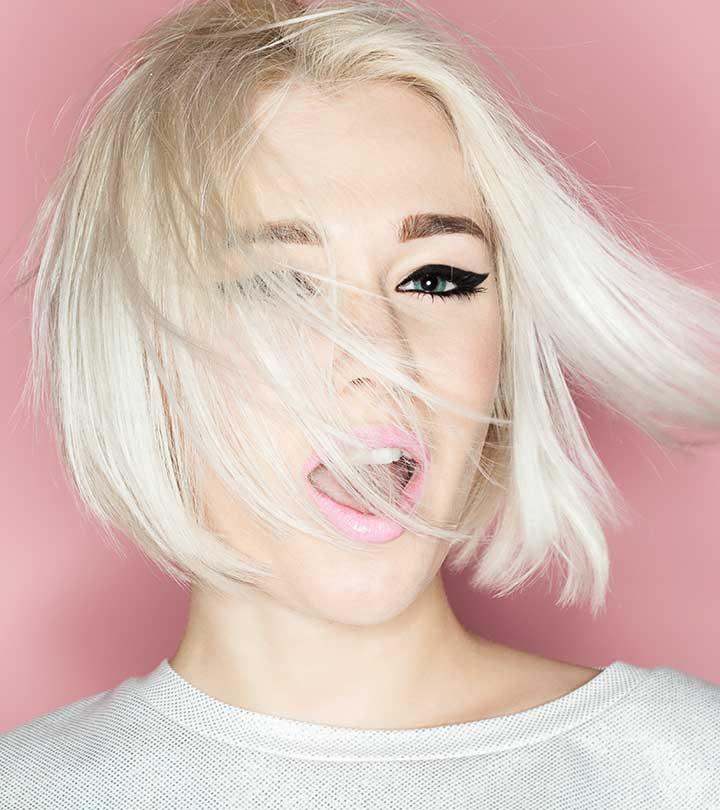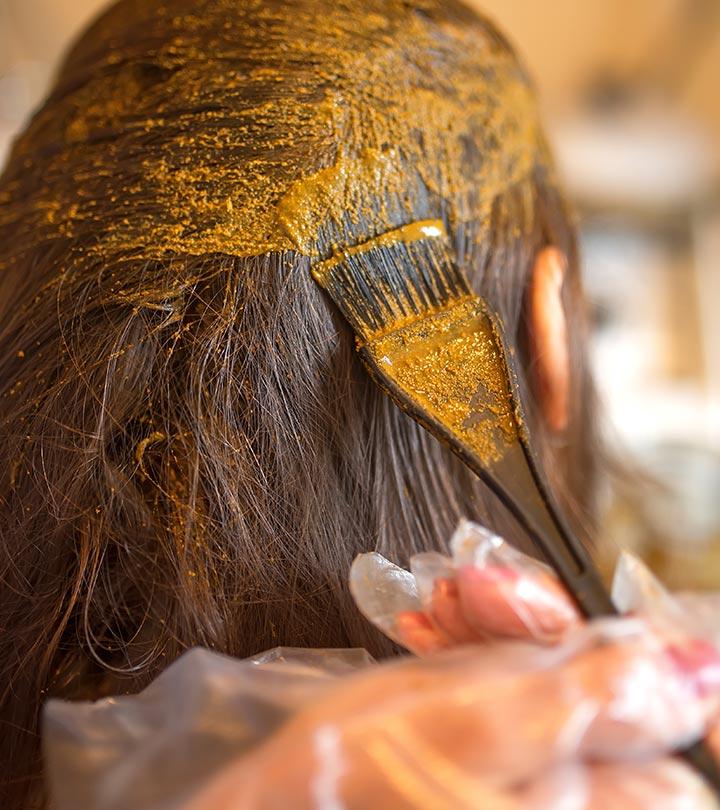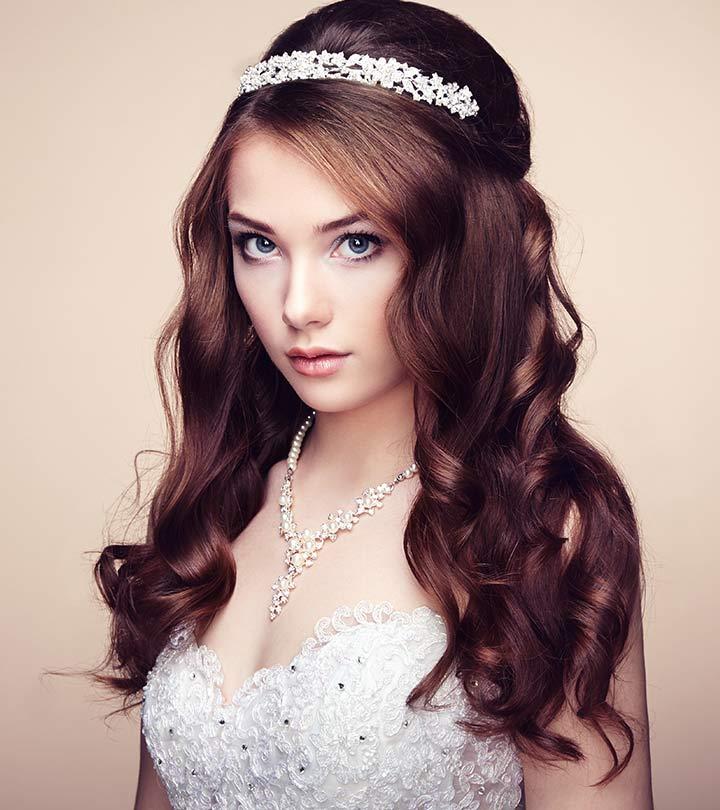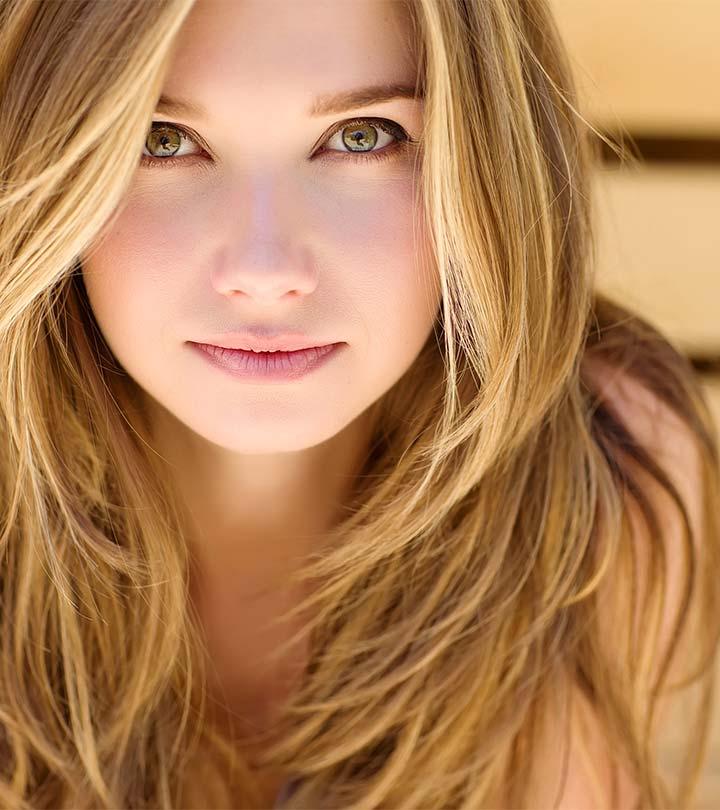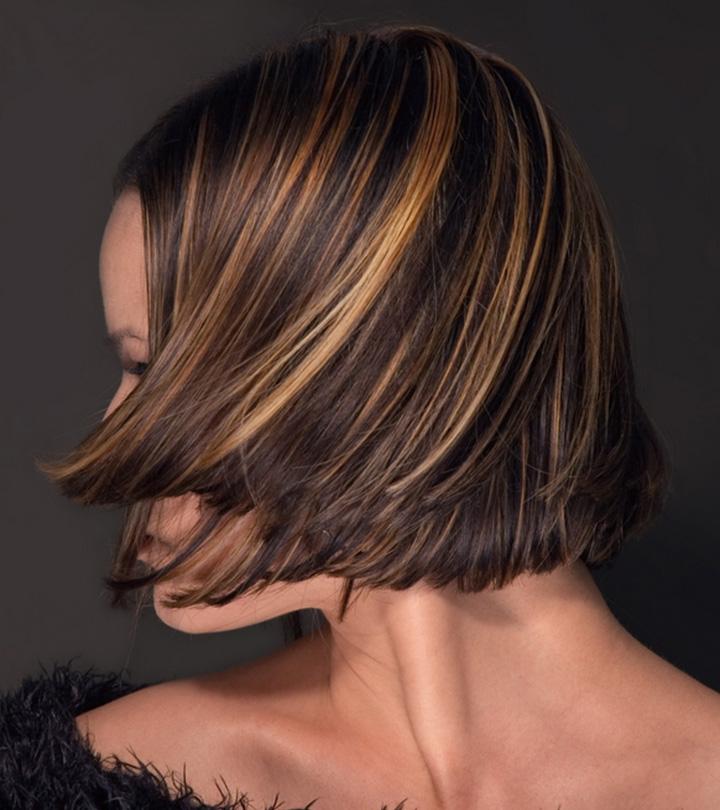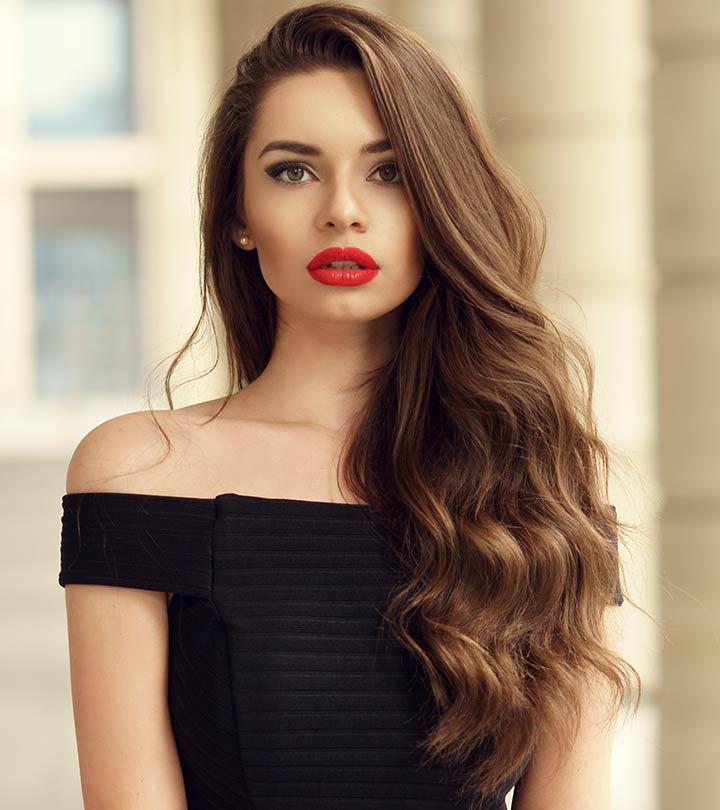Balayage Vs Highlights: What’s The Difference?
Learn the actual difference between these two hair highlighting techniques.
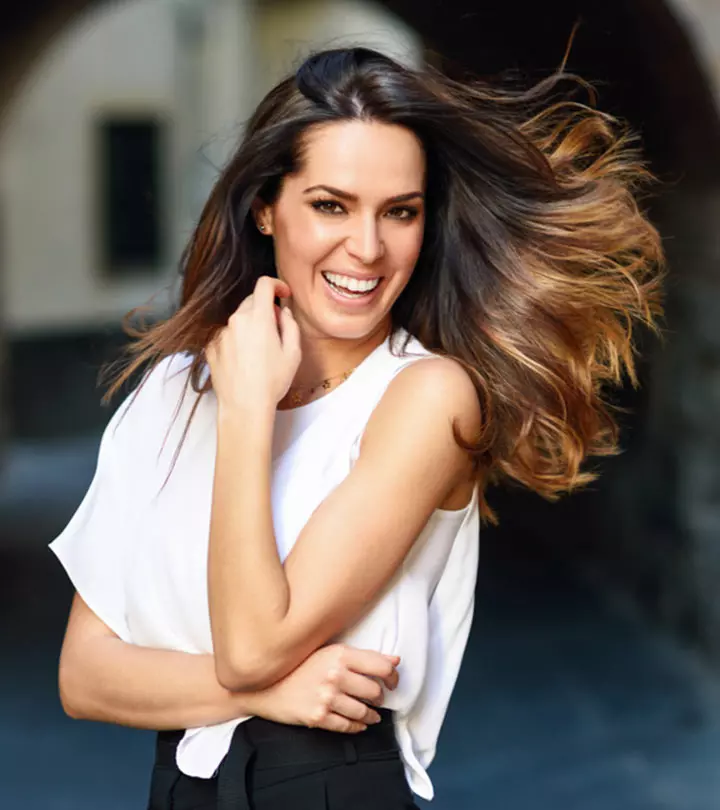
Image: Shutterstock
If you plan to color your hair but are confused between balayage and highlights, you have come to the right place. We will answer all your queries related to the balayage vs. highlights debate.
In balayage, a color is ‘swept’ on hair to give a warm look. On the other hand, aluminum foils are used to secure the hair section in highlights. It gives an intense look in comparison to balayage. Continue reading to know more about them.
In This Article
Hair Highlighting: A Brief Background
Hair highlighting is a hair coloring process to lighten a few hair sections. You can use any color for highlighting as long as it is lighter than the natural hair color. The highlighted sections against the base hair color add a visual appeal to the overall look.
Balayage is also a hair highlighting technique. However, there is a subtle difference between balayage and traditional foil highlights. The next sections take a deeper dive into the differences.
What Is Balayage?
The word balayage is derived from the French word “balayer,” which means “to sweep.” Balayage is a freehand painting technique where the color is “swept” on random hair sections to give a super-blended, muted and warm sun-kissed result.
The hair dye is applied in a different way than traditional highlights. The application is super-fine at the top of the hair section (for blending) and gradually gets thicker as it moves through the mid-shafts to the ends. This gives natural-looking and soft-swept highlights.
There’s a few different kinds of balayage techniques that you can opt for, check them out below.
Types Of Balayage
The balayage coloring technique uses several methods to achieve varying results, such as the following:
Full Balayage: This is the original balayage technique where the new shade is hand-painted from the upper-middle portion of the hair to the ends.
Face-Framing Balayage: In this technique, only the front layer of hair that frames your face is colored using balayage. The color starts an inch or two from the roots till the ends. This technique requires the least amount of maintenance and refreshes your hair.
Subtle Balayage: Here, the color shade is only one or two-tone lighter than your natural hair color. This creates a smoother transition among the strands, which is evident when light hits the hair.
Foliage: Hair color is applied using both balayage and foiling techniques. The balayage method softly blends the contrasting colors, while the foils ensure that the colors do not transfer among strands.
Jessica, a blogger, shared her experience of getting a balayage done on her tresses in a post. She recounts how long the process took, and how they followed the basic steps of bleaching first, then adding a toner, shampooing, and so on. She states, “It should be noted that each stylist will balayage differently so don’t worry if the YouTube tutorials you’ve been watching don’t follow the same method as the stylist you get. (i).” She also shares her satisfaction with the balayage and wishes to try a slightly lighter and brighter tone next time.
 Trivia
TriviaCompared to balayage, traditional foil highlights follow a conventional technique.
What Are Traditional Foil Highlights?
Traditional foil highlights use aluminum foils to secure and saturate the hair section for an intense result. All the thin subsections are colored and wrapped with aluminum foil separately.
Unlike balayage, traditional foil highlights follow a structured pattern. Even the effects are more pronounced than a balayage. However, foil highlights need frequent touch-ups.
 Trivia
TriviaBut when it comes to hair transformations, the battle between highlights vs. balayage ensues, each offering its own set of advantages. Balayage is achieved by a sweeping freehand painting technique, while traditional highlights are done by using aluminum foil to apply bleach to specific hair sections. Balayage is a good option if you want a low-maintenance hair color that fades subtly without an obvious regrowth line, and highlights are best for creating a stunning contrast and adding brightness.
In the next section, we have highlighted a few more key differences between a balayage and foil highlights.
Balayage Vs. Traditional Foil Highlights: Key Differences
1. Application Procedure
Balayage follows a freehand painting technique. Hence, the dye application is rather random. Traditional foil highlights require a more structured approach. The sections are strategically planned by the hair stylist to give the desired result.
2. End Result
In balayage, the color is mainly concentrated on the top of each section, leaving the underside dark. As a result, the colored sections seamlessly camouflage with the hair, giving a more blended and natural effect.
Traditional foil highlights give you intense streaks of hair sections, creating a dramatic contrast.
3. Application Region
Balayage involves highlighting the hair from the mid-shafts to the ends. In traditional foil highlights, the sections are saturated from the root to the tip.
4. Maintenance
Balayage requires less long-term maintenance as you can grow it out more naturally. Traditional foil highlights need regular touch-ups to maintain the look as your hair grows out.
5. Degree Of Personalization
The hairstylists can personalize the balayage technique to accentuate your features or frame your face. On the other hand, traditional foil highlights do not have scope for personalization.
6. Time Required For The Process
A simple balayage application can take 45 minutes. However, if you have long hair and want layered balayage, it may take up to three hours. Traditional foil highlights may take 1-3 hours, depending on your hair’s condition and status.
Still confused about which one to go for? Read on to clear your confusion.
Balayage Or Traditional Highlights: Which One To Choose?
It all boils down to personal tastes and preferences.
Go for balayage if:
- You want subtle highlights.
- You have never colored your hair.
- You want low maintenance results.
- You want face-framing highlights.
- You want natural gray-coverage.
Go for traditional highlights if:
- You want prominent and high-contrast color patterns.
- You want a uniform hair color with multiple shades for a natural look.
- You can commit to regular touch-ups and maintenance.
Whether you choose balayage or traditional highlights, coloring your hair can damage your hair. Moreover, brassiness can be an issue for colored hair. In the next section, we have listed a few tips to care for your colored hair.
Tips To Prevent Hair Damage And Maintain Hair Color
1. Moisturize Your Hair
Switch to color-safe shampoos and conditioners. They are sulfate-free and help maintain the hair color. Hair colors contain chemicals that may strip your strands dry. Use deep conditioners to keep your hair moisturized and seal the cuticles.
2. Do Not Miss Salon Appointments
While balayage is low maintenance compared to highlights, it does not mean that you can skip your hair maintenance routine. For both treatments, make it a point to visit the hair salon for weekly treatments to tone, restore, and nourish your hair.
3. Avoid Frequent Hair Wash
Frequent shampooing can fade the color and dry out your hair, leaving it dry and brittle. If possible, wash your hair only once or twice a week. Also, once in a while, use a purple shampoo to minimize brassiness and keep the color fresh.
4. Care For Your Hair
Protect your hair from direct sun exposure and stay away from chlorinated or salt water. Avoid using heat styling tools. Use heat and UV protectants to prevent color fading and brassy hair. Optimal hair care is essential to control any possible hair damage after any chemical hair treatment.
Infographic: Balayage Vs. Highlights: What You Should Know
It may be tough at first to distinguish between a balayage and highlights. But the more you familiarize yourself with the key difference between these two hair coloring processes, the easier it becomes.
Check out the infographic to understand the most obvious differences between balayage and highlights along with a few important aftercare procedures so that flaunting fun and gorgeous locks is no longer just a dream.

Illustration: StyleCraze Design Team
In the much-heated debate between the pros and cons of balayage vs. highlights, it all comes down to personal preference or the current hair trends. If you want a striking hair color shift, traditional foil highlights are the way to go. However, balayage is the ideal option if you want to keep your look modest and natural. Both styles of highlighting provide a distinct appearance. It is best to discuss your options with an experienced professional and assess your hair’s type, quality, and texture before finalizing your hair color look.
Frequently Asked Questions
Which lasts longer, balayage or highlights?
Balayage lasts longer than traditional highlights. While highlights require touch-ups within 6-8 weeks, balayage may last for 3-4 months on average.
Are highlights more expensive than balayage?
No, highlights are usually economical compared to balayage. This is because the balayage technique takes more time and intense focus than the highlighting process.
Is balayage more damaging than highlights?
No, balayage is, in fact, less damaging because in balayage coloring is done from halfway down the roots till the tips unlike in highlights which colors the hair from root to tip.
Is balayage good for thin hair?
Yes. Balayage adds highlights at random spots in your hair which creates the illusion of thicker hair hence, it is an appropriate option for people with thin hair.
Can balayage or highlights work on all hair colors and types?
Yes, balayage or highlights both are hair coloring techniques that work on all hair colors and types given that you are using a lighter color for your highlights.
Key Takeaways
- A few sections of hair are colored in highlighting, while the hair color gives a soft-swept look in balayage.
- Traditional highlighting is a structural approach, whereas balayage is a free-hand technique.
- The hair is highlighted from mid shafts to ends in balayage, whereas in highlighting, root to tips are saturated.
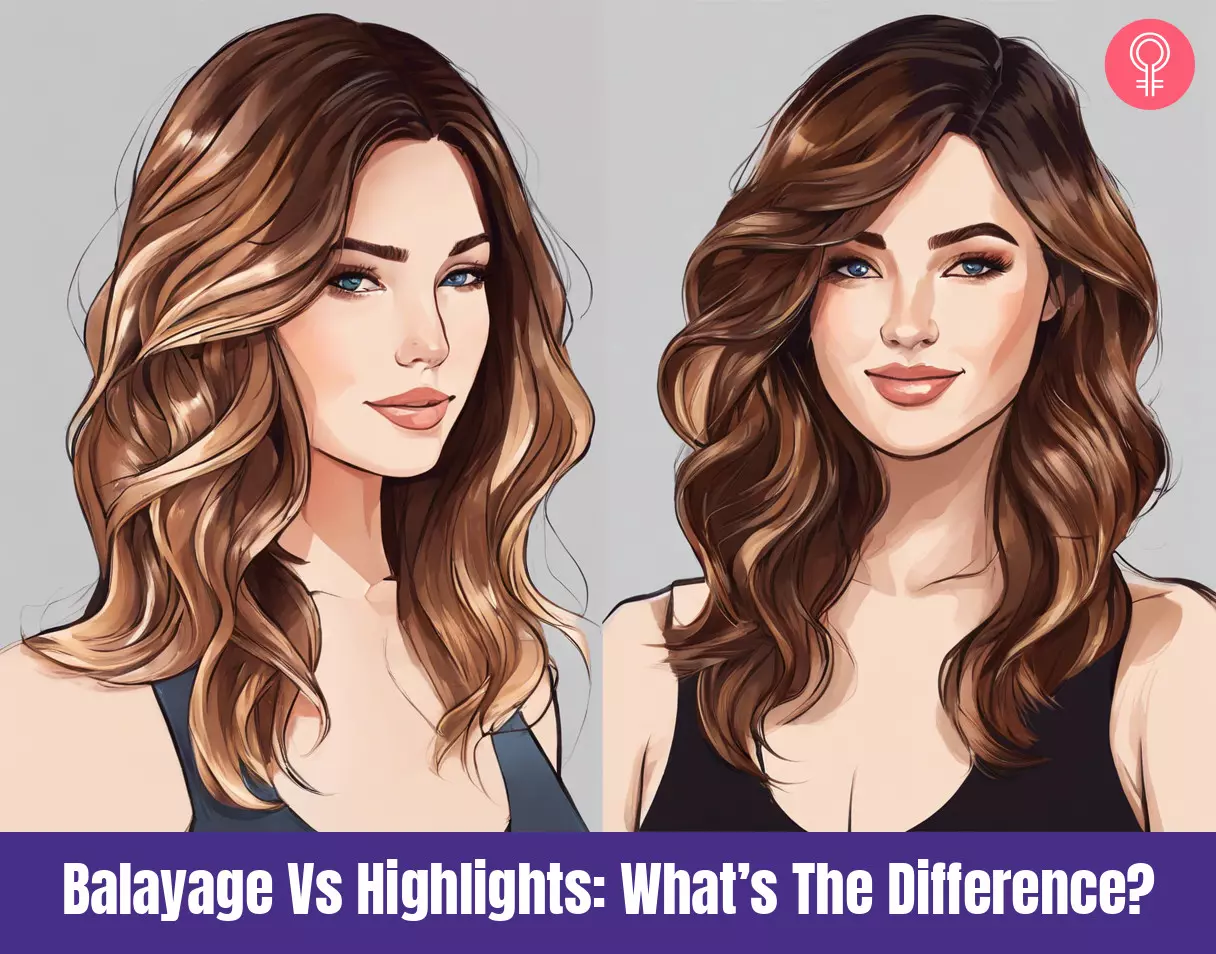
Image: Stable Diffusion/StyleCraze Design Team
Confused between balayage and highlights? Watch this video to understand their key differences to decide your favorite for a perfect hair makeover.
Personal Experience: Source
StyleCraze's articles are interwoven with authentic personal narratives that provide depth and resonance to our content. Below are the sources of the personal accounts referenced in this article.
i. My Balayage Experiencehttps://simplystylistic.wordpress.com/2016/01/13/my-balayage-experience/
Read full bio of Precious Rutlin
Read full bio of Madhumati Chowdhury
Read full bio of Monomita Chakraborty





